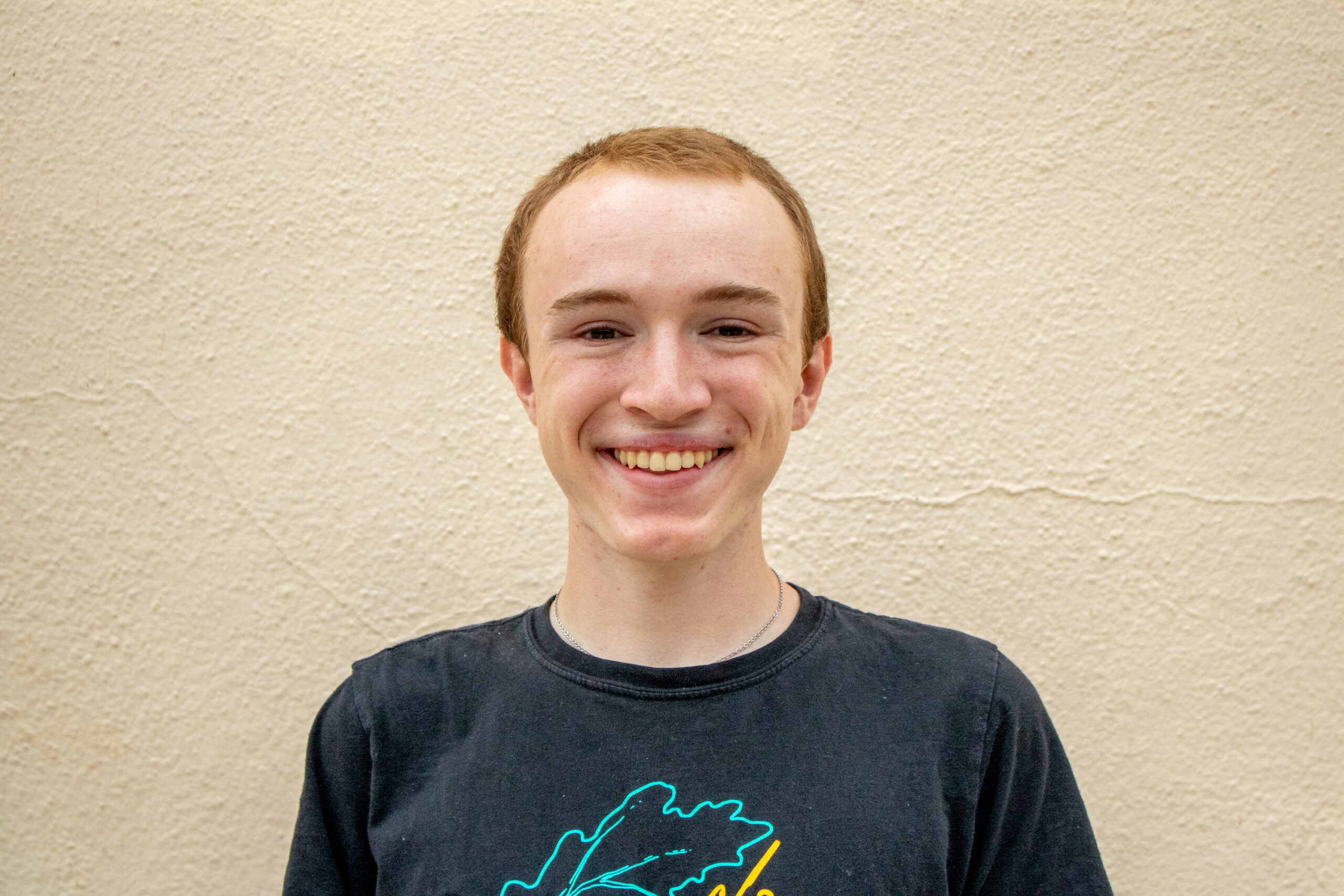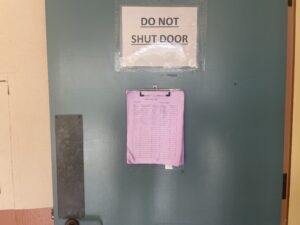As ASB President Miller Brichan’s voice blares over the PA system, students prepare for the strangest fifteen seconds of their day: “Please rise for the Pledge of Allegiance.” And through those 31 words, written by the Socialist Christian minister Francis Bellamy in 1892, we go from being a unified student body doing our best to make it through the inevitable struggles of public high school, to placing ourselves at the center of a political debate raging across the country. From quarterback Colin Kaepernick, who kneeled during the national anthem to protest police brutality, to Fox News which denounced his actions as un-American, to numerous Supreme Court cases over the past century, countless opinions have been shared about the values which the Pledge endorses, and our right to abstain from it. But regardless of where you stand on these issues, this is not a debate that needs to be held in our fourth-period classes everyday.
I strongly believe in people’s rights to political protest and to have their voices heard, and I am a very politically active person myself, but I think this decision to advocate must be voluntary. Unfortunately, no matter what you do during the pledge, you are making a statement: standing in support of America, or sitting in protest of it. There is no in between. This is an unfair position to put students on all sides of the political spectrum in. The great paradox of this situation is that the people who are hurt the most are those who actually do want to stand. Their ability to express their genuinely held beliefs are directly at odds with the eternal teenage desire to fit in and the peer pressure of their classmates. I watched these factors at work in my AP World History class since the start of the year, as we went from half of the class standing, to only one or two committed students standing, and then everyone being completely unaware that the pledge is even happening as our conversations continue over the announcements. And if someone truly believes in the value of the pledge, I can certainly see how they would take offense to this disrespect. But the solution is not to compel others to also engage in speech in support of our country, or even force them to listen. The solution is to move these political displays outside of our classrooms.
Recently, many students from Santa Barbara High School engaged in the Youth Climate Strike and left school during their third and fourth period classes to protest climate inaction. Although this event was organized by students and began on school grounds, it moved to De La Guerra Plaza and was targeted at a government which has not acted on the crisis. This is a perfect example of student political protest done well. People who wanted to protest were able to join the march, but those who did not attend were not put on display as “climate deniers.” Unfortunately, when the metaphorical soapbox of the Pledge is placed in our classroom, we can’t help but judge people who have different beliefs and wonder about their upbringings. Junior Caroline Nuhn, who moved from Missouri last year, told me that at her old high school in Moberly, not standing for the pledge was basically unheard of. Now, at Santa Barbara High School, she is one of maybe five people in her classes who continues this tradition. In her opinion, standing for the Pledge allows her to show her passion for supporting the country and its troops, but does not have to reflect support for our current president and government. Although I may not entirely agree with her politically, I respect her right to these opinions and appreciate that she is willing to stand up for what she believes in. But others may not be as tolerant of her beliefs as I am, and she could be forfeiting her privacy and in extreme cases her safety by expressing those beliefs. Those who want to say the pledge have every right to say it outside of school, alone or with other organizations, and those who do not should not be subjected to it.
From a legal perspective, schools have not been able to compel students to stand for the Pledge of Allegiance since the 1943 Supreme Court ruling West Virginia State Board of Education v. Barnette, but this misconception persists among many students and even some teachers. Furthermore, California does not mandate the Pledge in public schools at all. The state does, however, require a daily “patriotic exercise,” but this requirement is rarely, if ever, enforced, and some public schools in California, such as Saratoga High School, have already foregone the Pledge. Doing the same at Santa Barbara High School would not only be beneficial for the learning environment of our school, but would bring us closer together as a student body.
In these politically divisive times, it is especially important that we students at Santa Barbara High School are bonded by our commitment to learning and not divided by superficial symbols. Whether or not you stand, sit, or kneel for the Pledge, keeping these 31 words out of our classrooms will create a more unified student body, which is actually indivisible, with liberty and justice for all. For all of these reasons and more, I urge the Associated Student Body to end recitations of the Pledge of Allegiance.






Be First to Comment